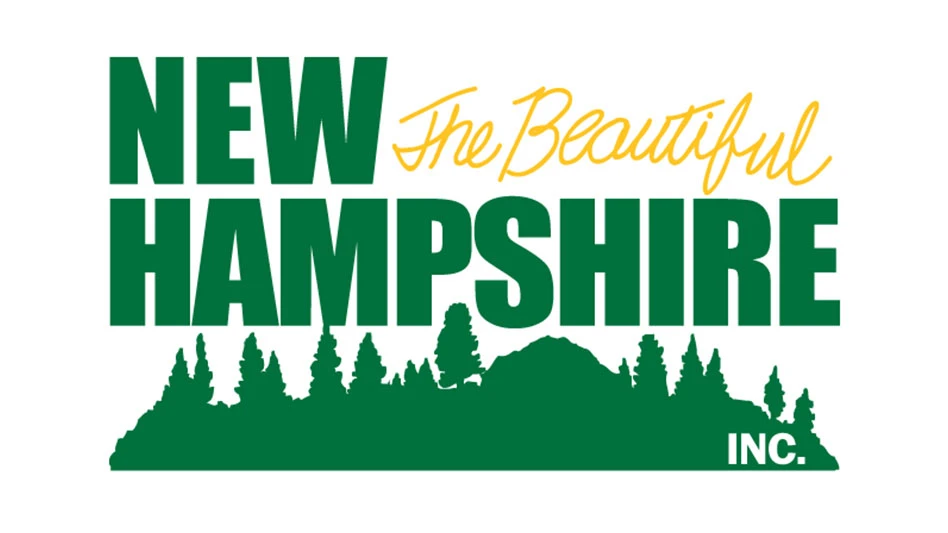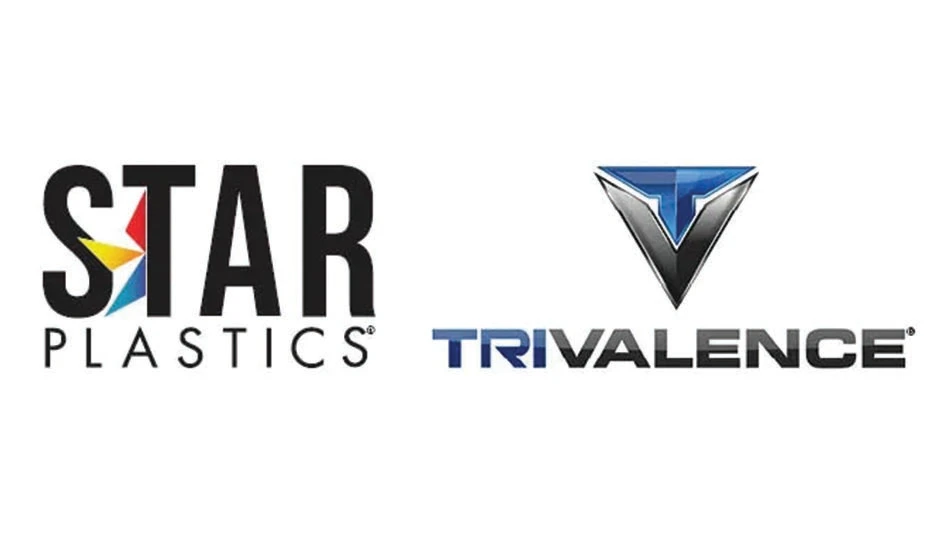By introducing municipal garbage carts, the city of Baltimore has addressed its problems with rats and trash in the city while also increasing its recycling rate.
Baltimore served as the host city for the combined Silver Spring, Maryland-based Solid Waste Association of North America (SWANA) Wastecon and Wien, Austria-based International Solid Waste Association (ISWA) World Congress. The event was held at the Baltimore Convention Center Sept. 25-27. Representatives from the city’s Department of Public Works Bureau of Solid Waste addressed attendees of the session Welcome to Baltimore: Exploring Charm City’s Waste Programs, which took place Sept. 25.
Yvonne Moore-Jackson, solid waste chief with Baltimore’s Department of Public Works Bureau of Solid Waste, said rats have been a problem in the city for years, with the rodents’ population estimated to be at 8 million. The city’s Rat Rubout program was introduced in 2014 to address this problem in a proactive rather than a reactive manner.
With the introduction of the program, staffing was increased from eight people to 16 so that the various districts of Baltimore could be treated on a 30-day cycle, Moore-Jackson said. The teams also check for other sanitation issues while they are treating the rats.
They can treat alleys and public spaces on the spot if a complaint is called in, she said. However, if the rodents are on private property, a right of entry form must be completed by the resident so the property can be treated if the resident is not home when the crew arrives.
Moore-Jackson said that citizen complaints regarding rats have declined from 8,500 to 4,300 since the program was introduced. Rat burrows also declined from 51,284 in fiscal 205 to 40,257 in fiscal 2017.
“The rat population was one of the driving reasons we went to municipal trash cans,” said Tanya Simmons, division chief, Baltimore Southeast Quadrant, Department of Public Works Bureau of Solid Waste. Another objective of the program was reducing calls to the department for dirty streets and alleys.
The department piloted the trash can program in two neighborhoods on the east and west sides of the city in 2014. At the same time the trash carts were delivered, so was a free recycling bin, Simmons said. The objective was to stop residents from putting out bags of trash, which can attract rodents.
During the pilot, Simmons said calls requesting rat eradication and cleanup of dirty alleys increased originally. She attributed this to increased education, saying that prior to the pilot, residents didn’t know they should be calling in these issues to the city.
In the pilot areas—Belair Edison and Mondawin—recycling increased as a result of the trash can program, Simmons said. Belair Edison saw a 32 percent increase, while Mondawin saw an 11.6 percent increase.
The municipal trash cart program expanded citywide by the end of 2016. Simmons said residents are not obligated to use the city-supplied trash carts as long as they used a cart with a tight-fitting lid. Residents don’t have to pay for the carts, which are city property, that are assigned to their homes. They are allowed one free replacement cart and two complimentary repairs, she added.
Bob Murrow, acting chief of the Baltimore Bureau of Solid Waste, said the city, which covers 80 square miles and is not part of the surrounding county, had a recycling rate of 17.8 percent in 2015 and a waste diversion rate of nearly 22 percent. He added that the areas north of the city tend to do a better job of recycling than the Inner Harbor area does.
Challenges to recycling in the city include lack of space, pests, poverty and education. Murrow said the lack of discretionary income forces residents to by single-use items, which creates more waste, while other residents are overwhelmed by the list of what can and cannot be recycled.
However, he added that even in the most recycling challenged areas of the city, residents are still recycling, which Murrow said gave him hope. “Kids will lead the way,” he said.
Latest from Recycling Today
- LG details recycling activities
- Algoma EAF is up and running
- Toyota-Tsusho completes acquisition of Radius Recycling
- CATL, Ellen MacArthur Foundation aim to accelerate circular battery economy
- Commentary: Expanded polystyrene is 98 percent air, 2 percent plastic and 100 percent misunderstood
- AMCS appoints general manager for North America
- How tariffs, regulations affect LIBs recycling in US, EU
- Schwan Cosmetics introduces packaging free of styrene, ABS





